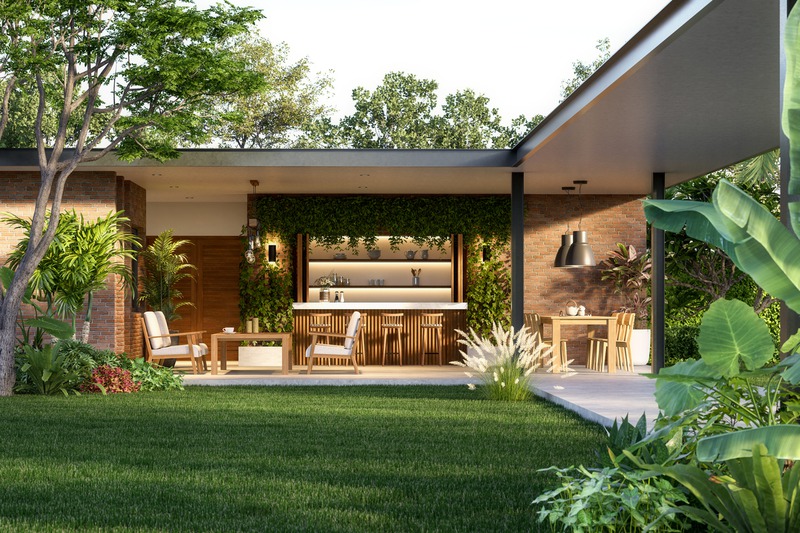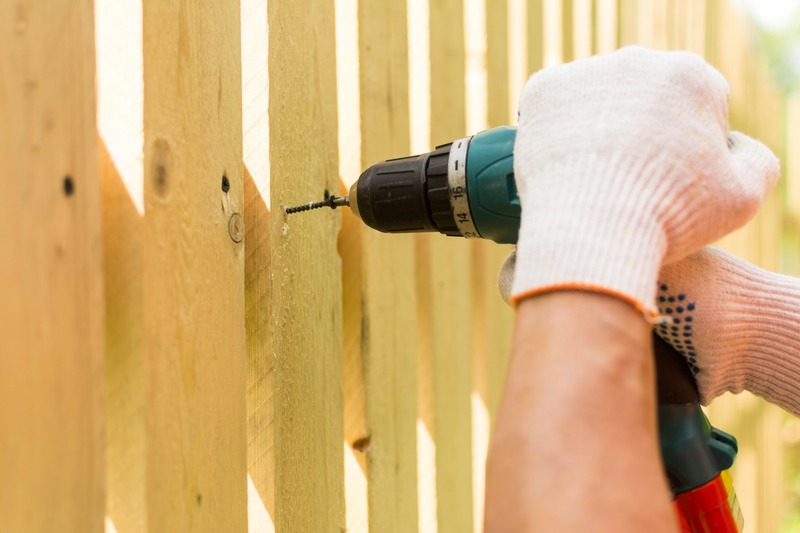Creating a harmonious outdoor space involves blending functionality with beauty. Start by planning practical elements like seating, pathways, and lighting to ensure ease of use. Incorporate beautiful features such as plants, flowers, and water elements to enhance visual appeal. Use natural materials and colors that complement the environment. Ensure there’s a balance between open spaces and cozy nooks. Regular maintenance keeps the space inviting. This synergy between practical design and aesthetic elements results in an outdoor area that is both usable and visually delightful.
Understanding Your Outdoor Space Needs
Before you start designing, it’s crucial to determine what you want from your outdoor space. Are you looking for a peaceful retreat, a vibrant area for entertaining, or a family-friendly backyard? Understanding your needs ensures that your space is both functional and beautiful, helping you make design choices that align with your goals.
Creating a Unified Design Plan
After identifying your needs, the next step is to create a cohesive design plan. This plan should cover materials, colors, and layouts to establish the right mood for your outdoor space. It’s vital to ensure a smooth flow between different elements to achieve a unified and attractive environment. By integrating these components effectively, you can transform a disorganized setup into a seamless and harmonious design.
Opting for Quality Materials
When designing an outdoor space, the quality of materials adds both functionality and aesthetic appeal. Durable options like natural stone, wood, and metal, when chosen wisely, offer longevity and enhance the outdoor ambiance. Consider stone masonry contractor services to achieve a timeless look with well-installed elements.
Focus on the Essentials
-
Seating: Comfortable and weather-resistant seating is crucial for an inviting outdoor area.
-
Pathways: Well-designed paths ensure easy navigation and contribute to the yard’s overall charm.
-
Lighting: Thoughtful lighting enhances safety and sets the mood for evening gatherings.
Incorporating Natural Elements
Nature significantly influences outdoor design by adding serenity and beauty. Incorporating plants, water features, and natural materials creates calming spaces. Native plants are particularly beneficial as they suit local climates, reducing the need for maintenance and supporting biodiversity. Water features like fountains and ponds enhance tranquility, while materials like stone and wood bring warmth and texture. This approach not only fosters relaxation but also promotes an eco-friendly environment, harmonizing built spaces with their natural surroundings.
Creating Zones for Different Activities
Dividing the outdoor area into zones allows multifunctionality without losing aesthetics. Consider areas for cooking, dining, relaxation, and play. Newington landscape designers are experts at blending these zones seamlessly, creating a cohesive look that maximizes both space and functionality.
Adding Decorative Accents
Don’t underestimate the power of decorative elements. Adding unique touches like sculptures, art pieces, or intricate pots can personalize your outdoor space. These accents add character and style without overwhelming the functionality.
Playing with Color
Colors have a profound impact on mood and perception. Utilizing a balanced color palette that complements your home and surroundings can make your outdoor space more inviting. Stick to a theme, but don’t be afraid to introduce pops of color that reflect your personality and enhance visual interest.
Maximizing Space Efficiency
Having limited space doesn’t mean you need to compromise on design. Smart planning and creative solutions can optimize small areas effectively. Vertical gardens, compact furniture, and multi-purpose pieces are excellent ways to save space while keeping the area beautiful and functional.
Enhancing Privacy
Privacy is often a key consideration in outdoor spaces. Implementing options like hedges, fences, or pergolas can maintain seclusion while adding elegance to the design. If you’re near a water body, incorporating a lakefront lake retaining wall NH can also contribute to privacy and aesthetic appeal.
Utilizing Technology
Incorporating technology in outdoor spaces adds convenience and modernity. Options like automated lighting, smart irrigation systems, and sound systems enhance both functionality and enjoyment of your outdoor area. Technology integration should be seamless to ensure it doesn’t detract from the natural beauty.
Prioritizing Sustainability
Sustainable design practices ensure your garden is environmentally friendly. These practices involve using materials with a low environmental impact, conserving water, and encouraging biodiversity. Sustainable choices not only protect the environment but often enhance the natural beauty and functionality of your space.
Seeking Professional Expertise
Sometimes, achieving the perfect blend of functionality and beauty necessitates expert guidance. Professionals can provide insights and solutions tailored to your unique space and needs. Whether it’s a sprawling lawn or a compact balcony, expert advice can be invaluable in crafting the perfect outdoor environment.
Final Thoughts
Designing an outdoor space blends creativity with practical needs, resulting in a rewarding project. Begin by assessing how you intend to use the area—be it for relaxation, entertainment, or gardening. Choose durable materials that suit the climate and complement your home’s aesthetics.
Incorporate elements like seating, lighting, and greenery to create a welcoming ambiance. Ensure the layout is functional, providing easy access and flow. This balanced oasis not only enhances your lifestyle but also reflects your personal style, making outdoor living a delightful extension of your home.





